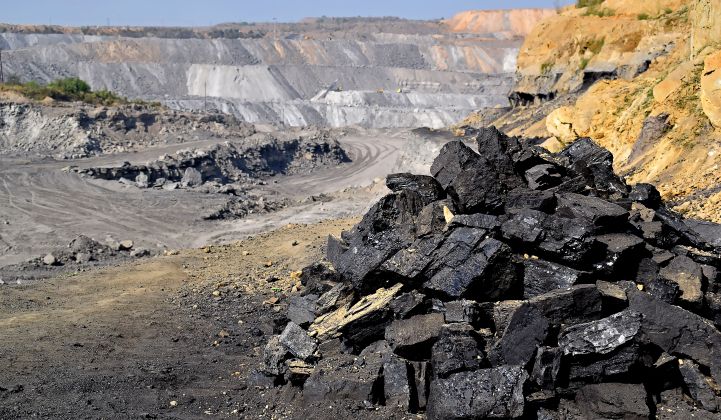
The agency, in a letter dated May 26 that was sent to top federal government, state, and energy department officials, said the country needs to support renewable resources to maximize cleaner power generation and reduce energy costs. The agency, though, said the plan does not include closing older coal-fired power plants.
“The thermal power plants in [the] future shall operate up to the technical minimum to accommodate cheaper renewable energy when it is available,” the ministry said in the letter. The International Energy Agency has said India, with a population of about 1.4 billion, is expected to see its demand for electricity more than double by 2030. Much of that demand comes as more and more homes and offices install air conditioning.
The ministry also sent a letter to all utilities in India, saying Coal India—the country’s state-owned mining company—“would import coal for blending on government-to-government (G2G) basis and supply … to thermal power plants of state generators and independent power producers (IPPs).” It would mark the first time Coal India has imported coal since 2015.
That move comes as the country’s Coal Ministry issued a call to reopen some of India’s older mines in an effort to increase domestic production of coal.
Heat Wave Hikes Power Demand
A ramp-up in power demand due to a heat wave that began in March resulted in India’s latest power crisis, as operators of coal-fired plants had difficulty obtaining coal, in part due to a shortage of available trains to transport coal from mines to power plants. The country’s domestic mines also had reduced their output in recent years. Government data showed coal inventories at the nation’s power plants have fallen by about 13% this month, to what officials said are the lowest pre-summer levels in years.
The inability to source enough coal for power generation led to rolling blackouts in many cities in recent weeks. Officials have said they fear a wider coal shortage during the third quarter of this year, which could bring more blackouts, due to higher expected demand for electricity.
Government data through the end of April of this year showed India was consuming 20% more electricity than in April 2019, which officials consider the last comparable month before the coronavirus pandemic.
The heat wave, which officials said brought the highest springtime temperatures in India and Pakistan since record-keeping began in 1900—including a high of 110F in Delhi on April 29—also occurred during a period of drought, which limited the supply of hydropower. Officials have acknowledged that an increase in power consumption during nighttime hours, when solar power is not available, has exacerbated the problem.
Reopen Old Coal Mines
The Power Ministry’s plan to reduce coal-fired generation, though, comes at the same time as the country’s Coal Ministry announced it would reopen old mines, and increase output by 100 million tons, in an effort to alleviate shortages of coal. The Power Ministry also ordered plants that burn imported coal to run at full capacity. The shortage of domestic coal has led government officials to put plans to end imports of coal on hold.
About 80% of India’s coal output comes from Coal India. India is the world’s second largest consumer of coal. It also is the second-largest coal producer, and coal importer. Coal-fired generation accounts for about 75% of India’s electricity production.
About half of India’s imports of coal come from Indonesia, with about 20% from Australia. India also imports coal from South Africa, with lesser imports from the U.S.
Relax Environmental Regulations
Federal environmental officials, in a May 7 government memo, gave India’s coal mines permission to boost production by up to 50% without seeking new permits. The memo said it would relax regulations due to “huge pressure on domestic coal supply in the country,” and said “all efforts are being made to meet the demand of coal.”
The country ranks as the world’s No. 3 emitter of greenhouse gases, behind China and the U.S., which has led to repeated calls to reduce the country’s reliance on fossil-fueled power generation. Prime Minister Narendra Modi has set a target for India to install at least 450 GW of renewable energy generation capacity by 2030.
Government officials have said India at present is 37% short of its year-end 2022 target for renewable energy generation, which Modi in 2015 had set at 175 GW.
The power ministry’s letter said the plan to reduce generation by 58 billion kWh from the 81 coal-fired plants would save 34.7 million tonnes of coal, and reduce carbon emissions by 60.2 million tonnes.